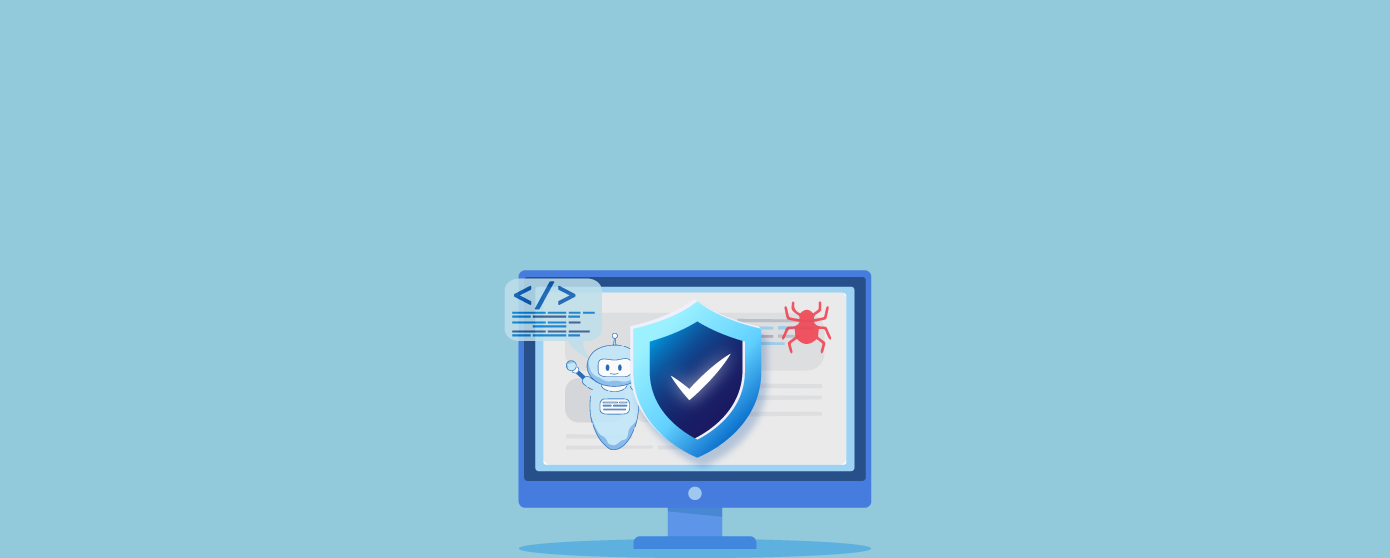
Web scraping is the process of using tools such as crawlers and scraping bots to extract invaluable data and content from websites, read parameter values, perform reverse engineering, assess navigable paths, and so on. Global e-commerce businesses saw a drop of 2% in revenues, totaling 70 billion dollars, due to web scraping. This highlights the importance of effective web scraping protection.
Protecting a website from scraping does not mean you can stop web scraping completely. That is only possible if you don’t upload any content to the website. If you can’t put a complete stop to web scraping, then what does web scraping protection entail? Read on to find out.
Web scraping has been used for ages now for price comparisons, market research, content analysis by search engines, and so on. However, web crawling and scraping have also been leveraged for illegitimate purposes including content theft, negative SEO attacks, and waging price wars, among others. Web scraping protection, when done effectively, can help prevent financial and reputational damage to businesses.
The bots used in web scraping are growing in sophistication and can closely mimic human users, rendering traditional approaches to web security ineffective against them. To prevent malicious bot operators from doing their bidding, you can create several roadblocks and challenges for them. Use the following web scraping protection best practices to tackle scraping attacks and minimize the amount of web scraping that can occur.
Effective monitoring and analysis of incoming web traffic enable you to ensure that you are getting only human and legitimate bot visitors, preventing malicious crawlers, and scraping bots from accessing your website. This process of traffic analysis cannot solely rely on traditional firewalls and IP Blocking. Advanced traffic analysis and bot detection must include:
Human users will not browse 100 or 1000 web pages in a second, but scraper bots can and will. By setting an upper limit on the number of requests an IP address can make within a given timeframe, you can limit the amount of content that can be scraped by bots and protect your website from malicious requests.
Bots used in web scraping rely on patterns in the HTML Markup to effectively traverse the website, locate useful data and save it. To prevent the web scraping bots from doing so, you must regularly change the site’s HTML markup regularly and keep it inconsistent. You don’t have to completely redesign the website. Simply modify class and id in your HTML with corresponding CSS files to complicate scraping.
Bots can’t answer CAPTCHA challenges. So, throwing these challenges intelligently will help in slowing down web scraping bots. Constant CAPTCHA challenges are a definite no-no as it impacts user experience negatively. You must use these challenges when necessary. For instance, when receiving a high volume of requests within seconds.
This is a less common web scraping protection measure. When content is embedded within media objects such as images, it is far more challenging to scrape content. However, this can erode user experience especially when they need to copy content such as phone numbers or email ids from the website.
Conclusion
Businesses, content creators, and site owners could end up losing valuable information and hundreds of thousands of dollars to web scraping. Onboard a next-gen security solution such as AppTrana that includes intelligent bot management to help protect the website from scraping and a host of malicious bots.
This post was last modified on November 7, 2023 12:25
Indusface has once again been recognized as a Gartner® Peer Insights™ Customers' Choice for Cloud… Read More
Protect your business from DDoS attacks with multi-layered DDoS defense, proactive threat modeling, rate limiting,… Read More
A Managed WAF is a comprehensive cybersecurity service offered by specialized providers to oversee, optimize,… Read More